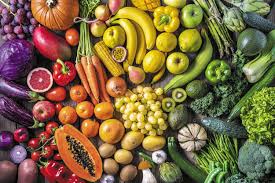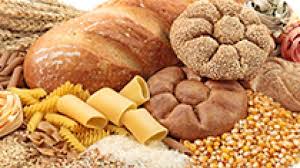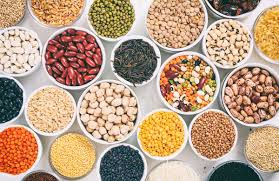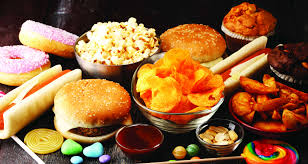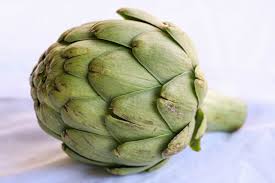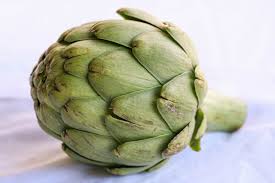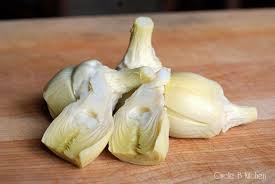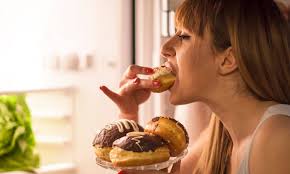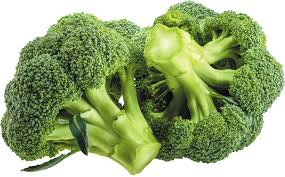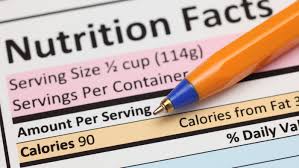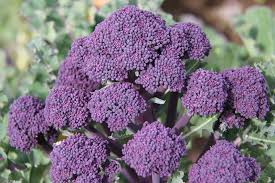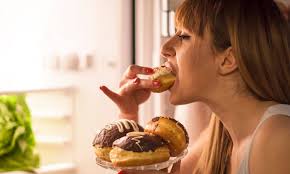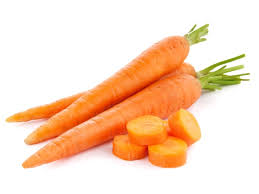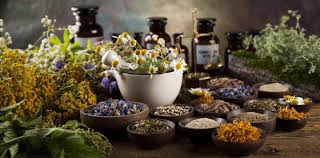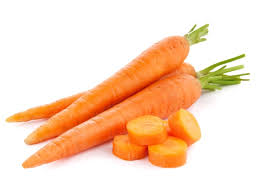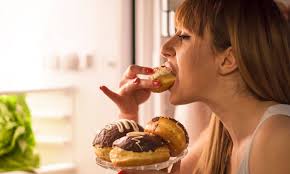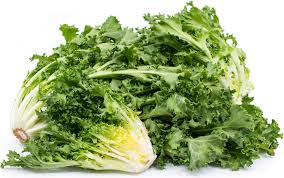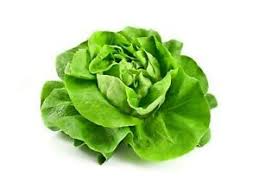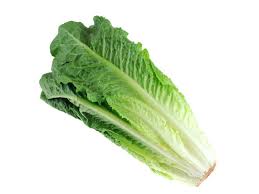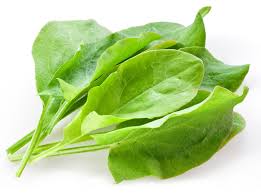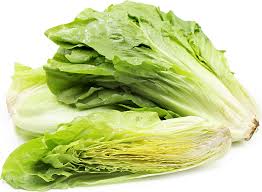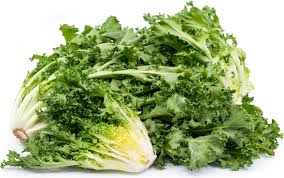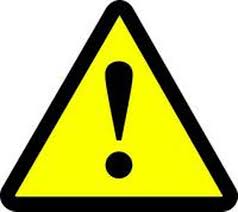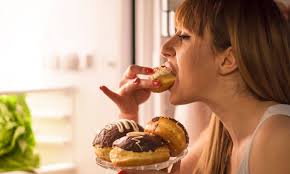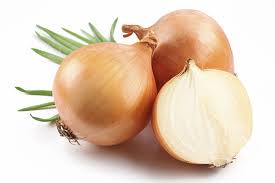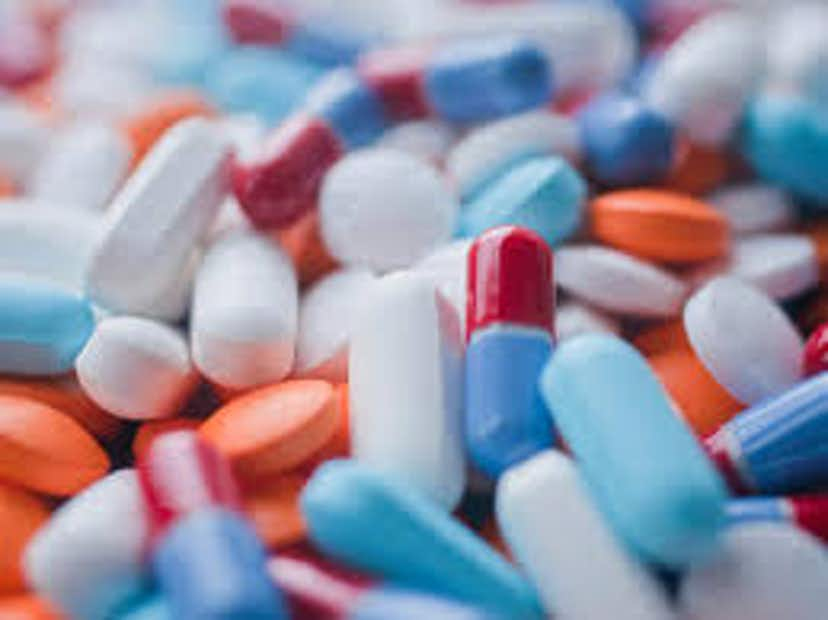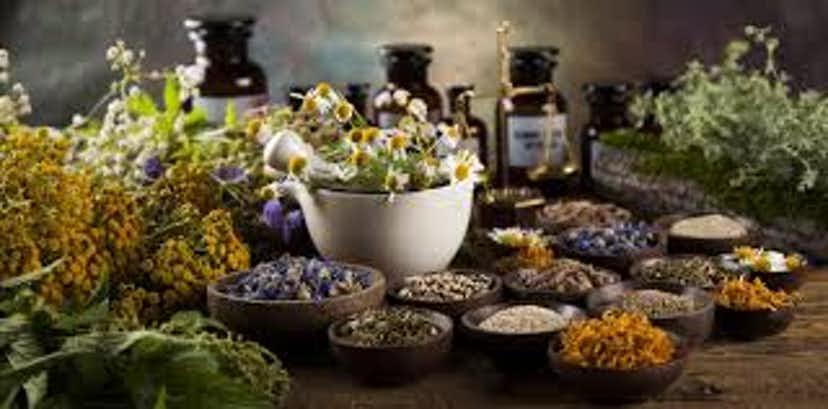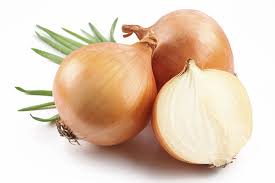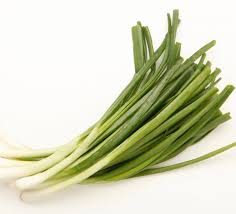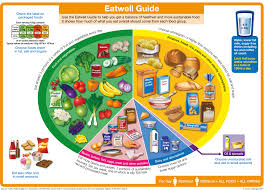
The Eat-Well Guide
Everytime you take a mouthful of food, you are re-fuelling the most clever chemical mechanism known: the human body. Food and water provide the fuel mix of vital nutrients that enable the body to function. Fighting off invading, harmful bacteria, balancing the fluid level so that it stays stable even on a very hot day, and millions of other processes all need chemicals to from food to work efficiently. Some foods have more to offer than others, but you do not have to give up the foods you most enjoy for the sake of your health: any food can fit into a healthy style of eating at least occasionally. It is the combinations and quantities you choose which are important to help protect your well-being.
Website created by ModaserSIDDIQUE
Special thanks to Milkshake for helping me create this website.
The Main Food Groups
The circle of food is divided into segments showing the proportions of the main food groups that make up the basic healthy diet. Several governments have produced pictorial food guides like this, to make it easier to choose a healthy balance of food. It is not necessary to follow a strict regime or to work out exact percentages of different foods to eat: the human body is amazingly efficient at adapting to slightly higher or lower intakes. Although the total amount eaten will vary according to energy needs, this balance of foods from the different food groups is desirable for almost everyone from the the age of five.
Fruits and Vegetables
Eat a wide variety of fruit and vegetables in generous amounts. Green leafy vegetables and yellow, orange and red fruit and vegetables are especially beneficial. Aim to eat at least 5 servings of fruit and vegetables a day, which amounts to at least 400g (14oz), not including potatoes, sweet potatoes or yams, eaten as part of the starchy foods intake. Fresh or frozen produce is best. Small amounts of fruit juice, canned fruit (preferably in unsweetened juice) and dried fruit can contribute to the 5-a-day serving.
Starchy Foods
Eat starchy foods in generous amounts. These include bread, pasta, potatoes, sweet potatoes, yams and cereals and grains such as oats, barley, rice, millet, maize, and buckwheat. Choose versions with little added fat or sugar whenever possible. Starchy foods like bread, cereals, grains and potatoes are the foundation of a balanced diet. Most people in developed countries would benefit from eating about 50% more of these foods, especially unrefined versions, which provide more fibre, vitamins and minerals.
Protein Alternatives
Consume moderate amounts from this group, which includes meat, fish, poultry, eggs, pulses, nuts, shellfish and seeds. It's advisable to eat fish at least twice a week, including at least 1 serving of oily fish. Eating 30g (1oz) of pulses (dry weight), nuts or seeds a day is desirable. Except for these, it is best to choose lower-fat versions as much as possible. For most people eating a Western-style diet, it is a good idea to eat a little less from this group, and eat more starchy foods and fruits and vegetables.
Dairy Alternatives
Enjoy dairy foods in moderate amounts. Best choices include semi-skimmed and skimmed milk, low-fat varieties of yogurt, fromage frais, smetana, cottage cheese, and some curd cheese, and Greek-style yogurt. Eat in moderation and choose low-fat versions as much as possible. Fat levels in "low-fat" dairy foods vary considerably: look for soft cheese with a 7-8% fat level and yogurt with a 1-2% fat level. Greek-style yogurt and smetana are good replacements for higher-fat cream, such as soured cream and double cream.
Sugary and High-Fat Foods
Foods high in sugar and fat are best eaten sparingly. These include foods such as medium and high-fat cheeses, spreading fats, and cooking oils, as well as biscuits and other sweetened foods. Although this group include some foods such as cheese and sunflower oil that are valuable in small amounts, most foods high in sugar or fat are low in food value for their calorie levels and are best eaten occasionally. These include butter and other spreads, cream, fried food, crisps, sweets, chocolate, and most cakes, buns, biscuits and pastries. Eating less from this group allows you to eat more starchy foods and fruits and vegetables without gaining weight.
